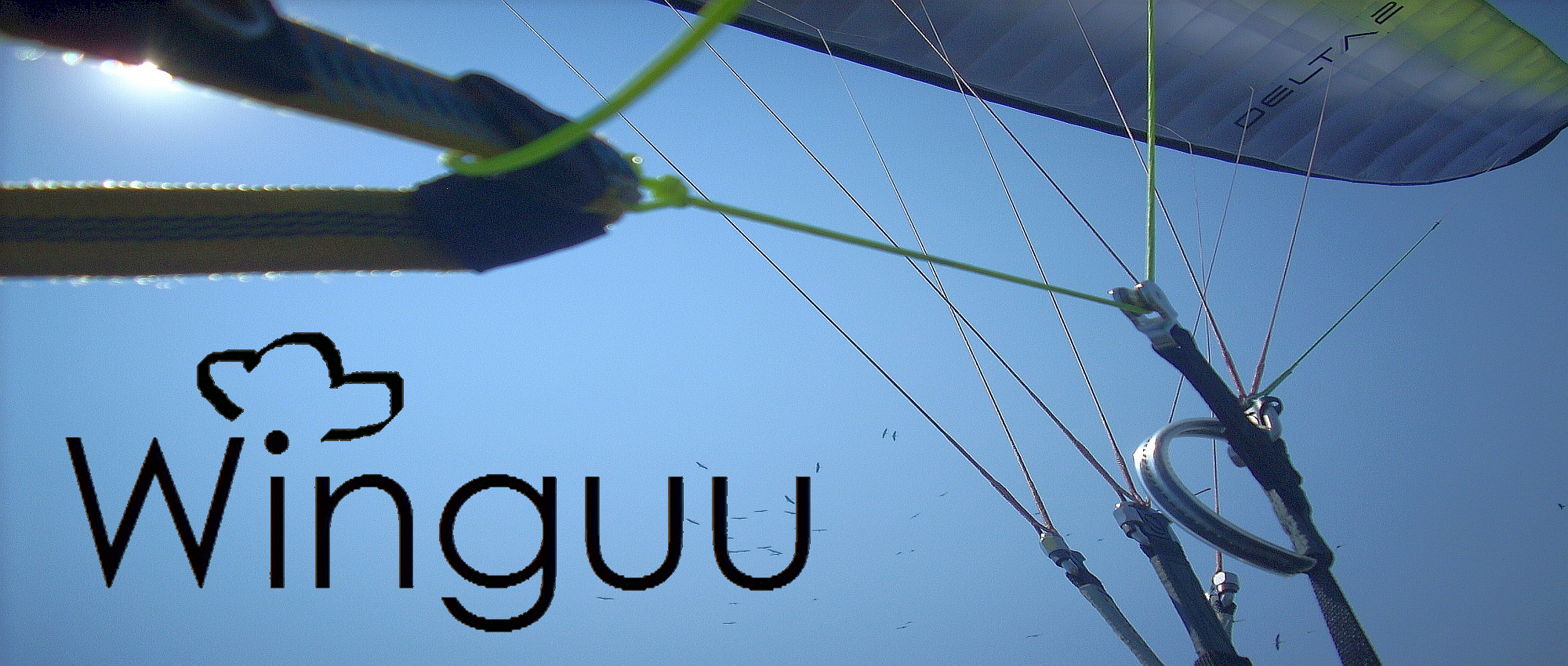The evolution in glider design aims to benefit pilots by outlining, grading and optimizing glider characteristics for each glider model within the categories.
The main objective of each glider is to firstly support your progression as a pilot and offer pleasurable performance when you are flying with it!
Here are important indicators to help you choose your next paraglider…
The level of practise
If you fly not as regularly and find yourself with for example 50 hours of airtime throughout the year, it makes good sense to choose a safer glider with higher passive safety.
Low level gliders out there are proven to have trustworthy performance for flying big cross countries and also making serious aerobatic manoeuvres. More experienced pilots flying for many years enjoy great flights with safer lower level gliders than you would expect.
If you are able to fly almost every week, consequently an intermediate glider would match and sustain your progression in flying and active piloting.
If you are a committed pilot and fly that often, you can choose a higher end glider.
Do not consider flying higher category gliders without comfortably achieving SIV course exercises and carefully studying the manufacturer’s instructions for that particular model.
Making the right choice is about securing yourself, securing the pleasure you get from flying and realistically considering your pilot skills level along towards what you look to achieve.
The pleasure of flying
Pilots seek out the pleasure of flying. Each pilot may be excited differently, with different types of achievements and self-tasks, however the pure sensational feeling of flying is appreciated by everyone who paraglides.
It is important to maintain a positive feeling of flying with your glider. Feeling comfortable when handling a certain glider would ultimately define your experience in the happenstance of an unlucky incident. Simply put, if you fully trust your glider and its behaviour at 90% of the time, then you would be least discomforted that remaining 10% of surprise. Your decision making and reactions are affected by an adrenaline rush and as a result so is your ability to be precise and efficient. Moreover preparing yourself for a 10% likelyhood is easier.
Do not choose by design styles, by following co-pilots actions, by announced performance numbers or simply by category certification tests. You will find more accurate and truthful information from the manufacturer’s recommendations, your school and instructor.
What is the right size?
Manufacture companies give certain directions to pilots for the various glider models as to the optimal weight for flying each model which also depends on the conditions you intend to fly in.
There is a weight range which indicates the glider will fly safely throughout. Being on the lower part of this range, so flying a slightly bigger glider or the opposite will give you certain benefits in certain flying conditions and certain aspects.
For example flying a smaller wing will make you faster which can be useful in stronger winds but more demanding at landing. Flying a larger wing will decrease your sink rate and perhaps allow you to climb better if you are flying in smoother conditions.
Flying a glider where you mostly feel comfortable, safe and confident is again your indicator in making the far most suitable choice.
Test the gliders
A practical method to match a glider is to test it! If you are between gliders and have a few options in mind, it would be worth flying with them and base your decision on the comfort each glider gives you. Are you satisfied with the take-off? Did the glider feel easy, smooth and comfortable at handling and flying throughout the flight?
A good offer on a glider gives it a better value however your feeling with the glider will determine far more the value of the experience you will gain from it.
